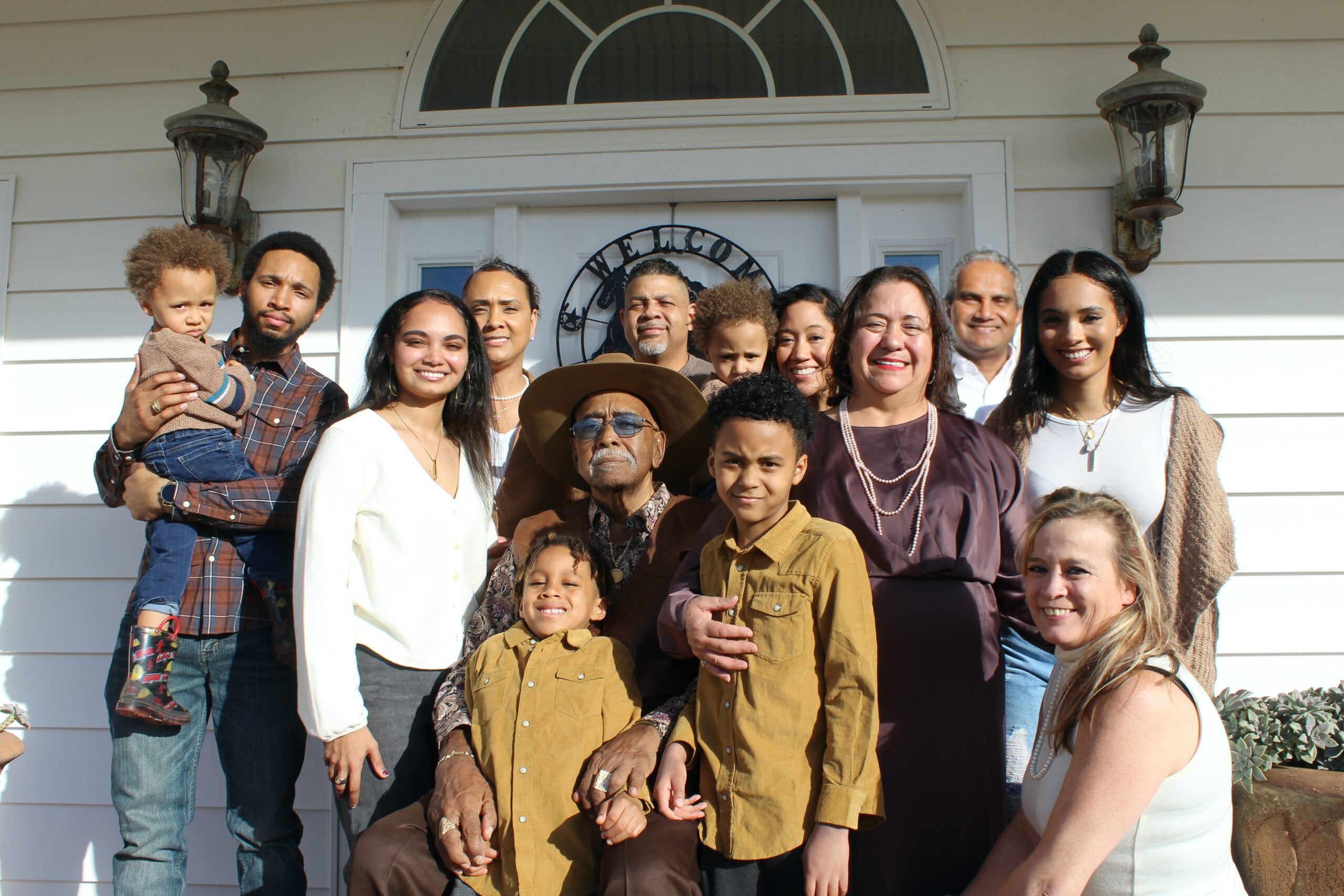-
TRIBAL AFFILIATION
Yamasee/ Creek
-
SURNAME HERITAGE
England/Ireland

Walley History, Family Crest & Coats of Arms
The Norman Conquest of England in 1066 brought much change to the island nation, including many immigrants with new names. Among these immigrants were the ancestors of the Walley family, who lived in Lancashire, in the township of Whalley while Whaley is a small village in Derbyshire.
“The name of this great parochial division is Saxon, signifying the “Field of Wells,” expressed by the word Walalæh. The village is chiefly celebrated for the venerable ruins of its abbey. In 1296 Henry de Lacy, Earl of Lincoln, having given the advowson of Whalley to the White monks of Stanlow, in Cheshire, they removed hither, and founded an abbey of the Cistercian order, dedicated to the Blessed Virgin it was consecrated in 1306, and additions were made to the buildings for more than 140 years after that time. The remains are still considerable, and possess much interest, exhibiting portions in the early, decorated, and later English styles.” 1
Early Origins of the Walley family
The surname Walley was first found in Lancashire where they were descended from Wyamarus Whalley, who accompanied William the Conqueror, from Normandy, and was the Standard Bearer at the Battle of Hastings. The Conqueror gave him the lordship of Whalley in the county of Lancaster. In 1296 an Abbot and about 20 monks arrived in Whalley to create a church that would become Whalley Abbey. One of the census records of the name was Robert de Whalley who died before 1193 and was listed as the rector of Rochdale. 2
The church of St. Michael in Aughton, Lancashire would be an important ecclesiastical stronghold for the family. For it was there that a long tradition of rectors in the family was established. The first was Henry le Waleys who was rector in 1292, followed by Thomas le Waleys in 1303, Gilbert le Waleys in 1317, John le Waleys in 1318 and Henry (son of Richard) le Waleys in 1337. 3
The first of the tenants of Litherland, Augton “was Richard le Waleys, who also held a third of the manor of Aughton. In 1212 it was found that he was holding a ploughland in Litherland for 10s. He died in 1221, and his son and heir Richard agreed to pay 40s. -four times the annual rent-as his relief, and was placed in possession. After the death of Richard, a Robert le Waleys appears to have been the principal member of the family; (fn. 10) possibly he was a brother and held some part of the manor, acting as guardian to John le Waleys of Litherland, the son and heir of Richard, who lived on till the beginning of the next century, and was after his death said to have been a ‘centenarian.’ ” 3


